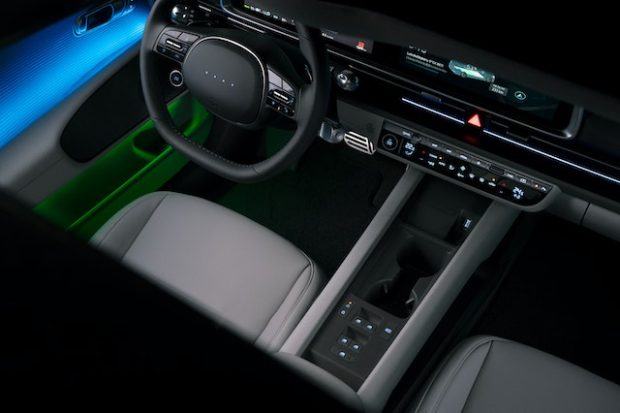There are over 10 million EVs on the road and over six million plugins are sold yearly. If cost savings is your main goal, then it makes little sense to postpone your first EV purchase. Purchasing an electric car this year could save you as much as $7,500 per year and if you keep the car for five years, it could save you up to $35,000. Imagine all you could do with that amount—including invest your money and start earning a passive income. It makes little sense, many would argue, to continue harming the environment while also racking up huge fuel and maintenance bills. Why wait to start saving?
Numerous Charging Options
If you are buying an EV and you really want to make a difference to global warming, while also eliminating fuel costs, then choosing a plug in vehicle is probably your best bet. Currently, there are a myriad of EV types available—including mild hybrid EVs (which are standard vehicles with improve fuel economy), hybrids (which also have a gasoline-fueled combustion engine as well as an electric-assist motor), plug-in hybrids (the next step up) and battery electric vehicles (which do not rely on fuel). The latter is where the industry is heading, and many countries (including EU countries) are considering a ban on the sale of new gas-powered vehicles after 2035. It makes smart sense to start getting used to driving an EV way before you are forced to give up your fuel-powered vehicle.
Longer Ranges
In the past, some car buyers were reluctant to buy EVs because of concern about how long their battery would last. Today, the average EV can travel between 150 and 300 miles before needing to be recharged, which would definitely cover the distances typically driven by average vehicle owners. In the US, the average driver completes around 37 miles daily.
Maintenance Costs are Lower
Research also indicates that it costs less to maintain an EV than it does a regular gas-powered car. On average, EV drivers spend around $550 a year for every 15,000 miles driven. That means a lifetime expenditure of only $4,600 on maintenance. By contrast, regular cars have a lifetime maintenance expenditure cost of $9,200.
Charging Stations
One concern you may have is the lack of charging stations in the areas you drive your vehicle in. The good news is that the number of charging stations and chargers is continually on the rise. There are currently over 130,000 public charging stations across the nation, and with sales increasing by 65% last year alone, EV s are moving from a rarity in the auto industry to a beacon for a cleaner, greener future. Fortunately, the increasing prevalence of commercial-grade EV chargers addresses concerns about limited charging infrastructure. As electric vehicles become more mainstream, businesses, municipalities, and public spaces are swiftly installing these advanced chargers to meet the growing demand. This expansion reflects a commitment to supporting EV drivers and facilitating convenient charging options across various locations. With the rapid growth of commercial-grade EV chargers, the worries about finding charging stations are diminishing, promoting the adoption of electric vehicles and reinforcing their pivotal role in fostering a sustainable, eco-friendly future.
If you are thinking about buying an EV, don’t hesitate. You could start making cost savings immediately. What’s more, you would be contributing to a greener world and helping the nation reach its Paris 15 Agreement goals. There are a myriad of EVs to choose from and the number of charging stations are set to soar in upcoming years. Therefore, there is no need to wait to start making your EV shortlist.
Read More:


